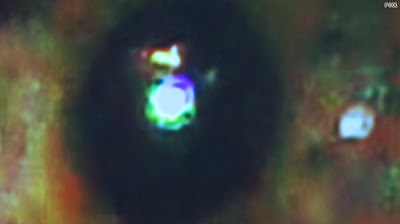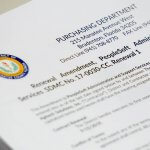Giving forensic experts a bad name
Cybercrime Review is one of the blogs I read daily, due to my ongoing interest in the intersection between law and technology. The posts generally have to do with court rulings and decisions in cases involving computer technology, such as whether someone can be compelled to provide a password for an encrypted data source. But a post today caught my attention, because it dealt with expert testimony, something I’m personally familiar with. The cases involved were criminal cases, whereas I’ve only worked in civil cases, but I still cringed reading the post. In cases where I have served as an expert, I am always methodical and cautious — I will testify to what I can support and defend, but no farther. I am frank with my clients as to my findings and conclusions, and what I am and am not willing or able to say; to their credit, my clients have always handled that well, even if they have at times been disappointed.
The post, “Forensic Fraud: Now Available on Daytime TV” by Marielle Dirkx, highlights two cases. The first is the notorious Jodi Arias murder trial taking place in Arizona right now. At that trial, a forensic expert presented what he claimed was evidence from a photograph taken by Arias of her boyfriend, Travis Alexander, just before she killed him (something she admits, but claims was in self-defense). The expert blew up the photograph and purported to show a reflection of Arias in Alexander’s eye. Furthermore, he claimed that his enhancement of the reflection showed that Arias was not holding a weapon at the time she took the photograph.
See for yourself:
Clear, right? And from this processed enlargement, “According to the expert, Arias was standing a few feet away from Alexander, holding the camera with both hands at the time the picture was taken; and he further asserted that he could state with scientific certainty that she was not holding either a gun or a knife.”
Facepalm.
According to Dirkx, the expert’s testimony and evidence were not admitted.
The second cases is too detailed to summarize here, but it involves a “go-to” expert for prosecutors in Mississippi, a dentist who “routinely testified as a wound pattern expert, a trace metals expert, a gun shot residue expert, a gunshot reconstruction expert (he once performed a ballistics analysis by shooting dogs from the pound), a crime scene investigator, a blood spatter expert, a ‘tool mark’ expert, a fingernail scratch expert, and an expert in ‘liquid splash patterns.'” In the case in question, this dentist(!) used Photoshop and his PC to “enhance” surveillance video that he claimed showed details about the alleged crime. Problem was, the FBI had processed the same video and said no such details appeared. Apparently, the prosecution did not see fit to share that FBI analysis with the defense or the court, and the defendants were sent to prison for ten years before their conviction was overturned due to that omission.
Go read the whole thing; it’s worth it. ..bruce..





![The Meltdown/Spectre CPU bugs: a dramatic global case of the “Unintended Consequences” pattern [UPDATED 4/4/18] The Meltdown/Spectre CPU bugs: a dramatic global case of the “Unintended Consequences” pattern [UPDATED 4/4/18]](http://bfwa.com/wp-content/uploads/2018/01/intel-cpu-150x150.jpg)